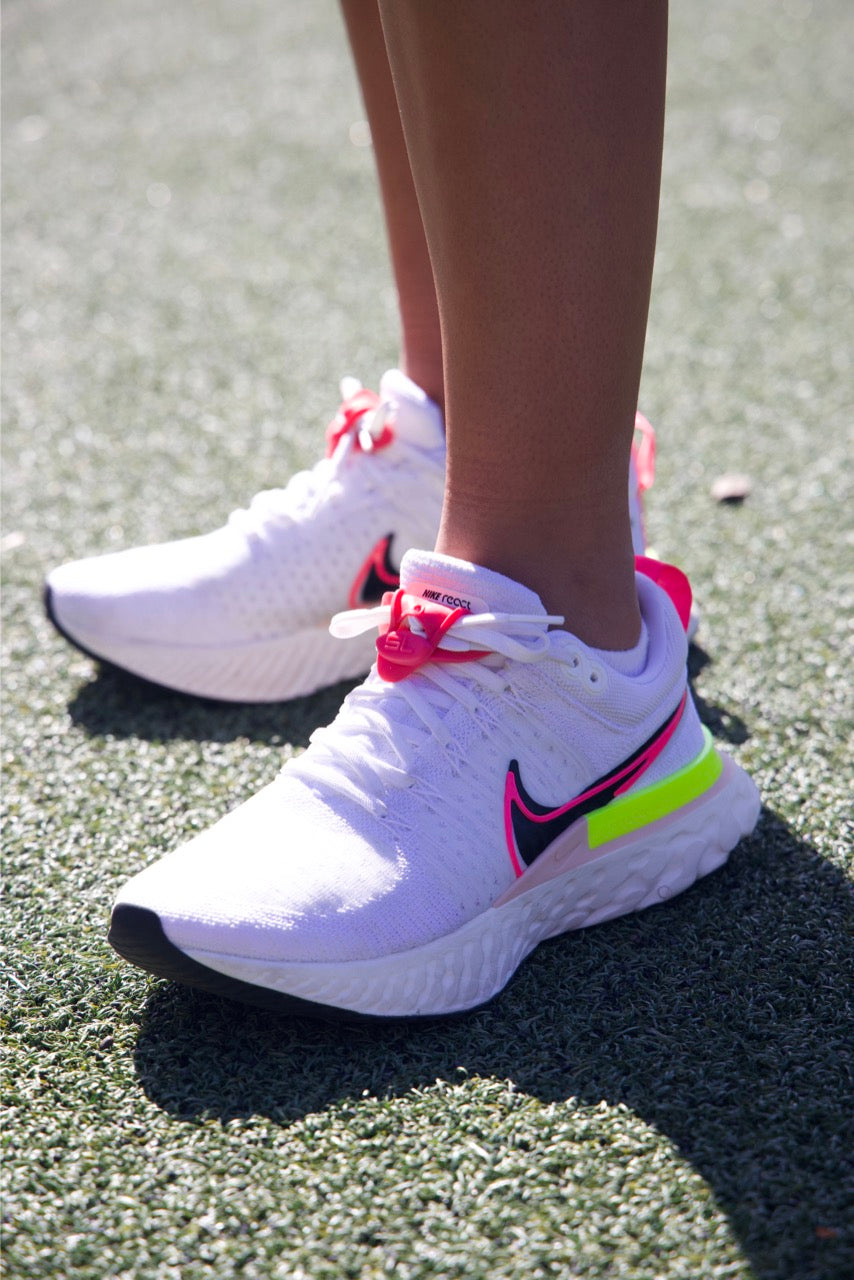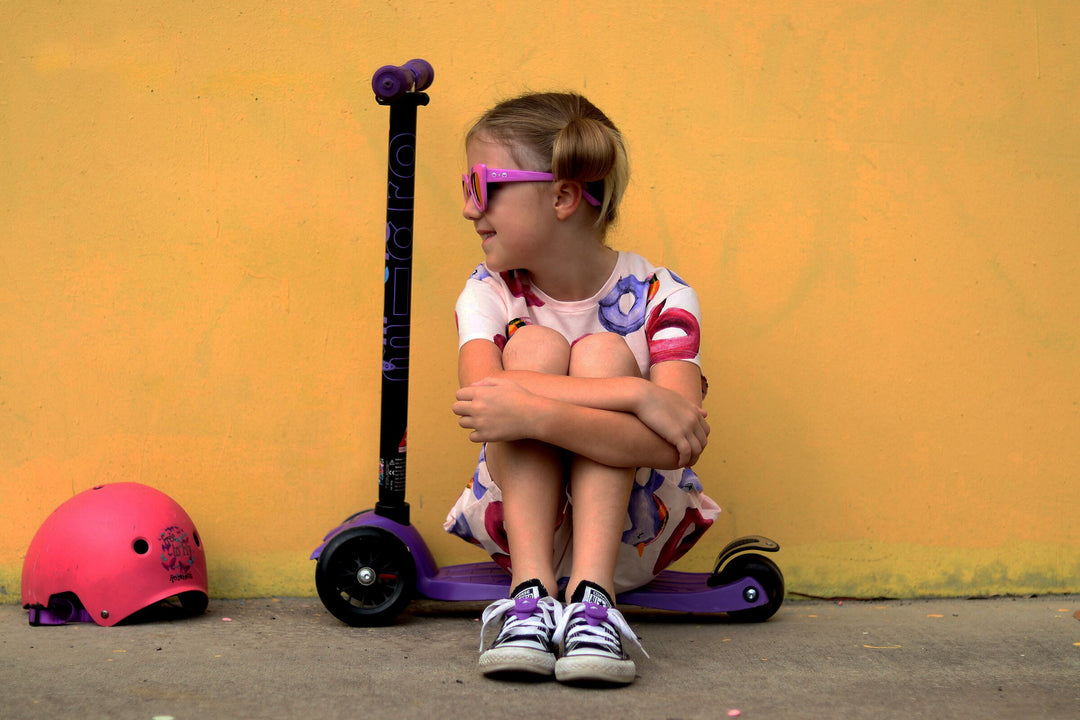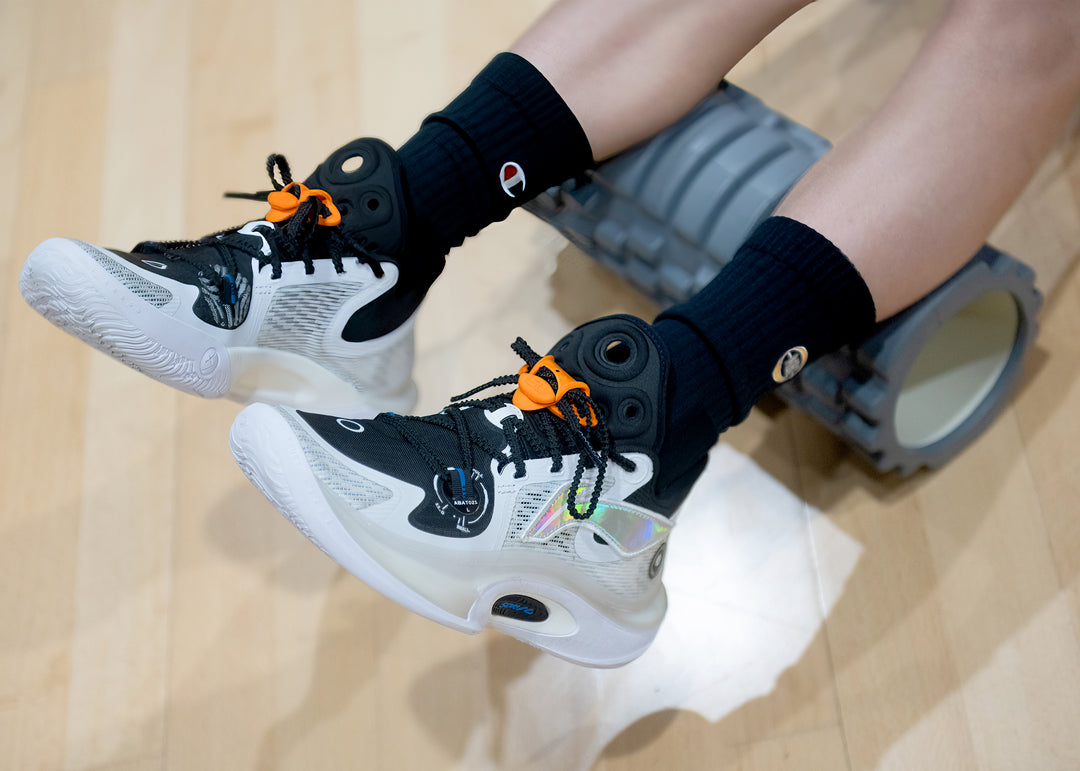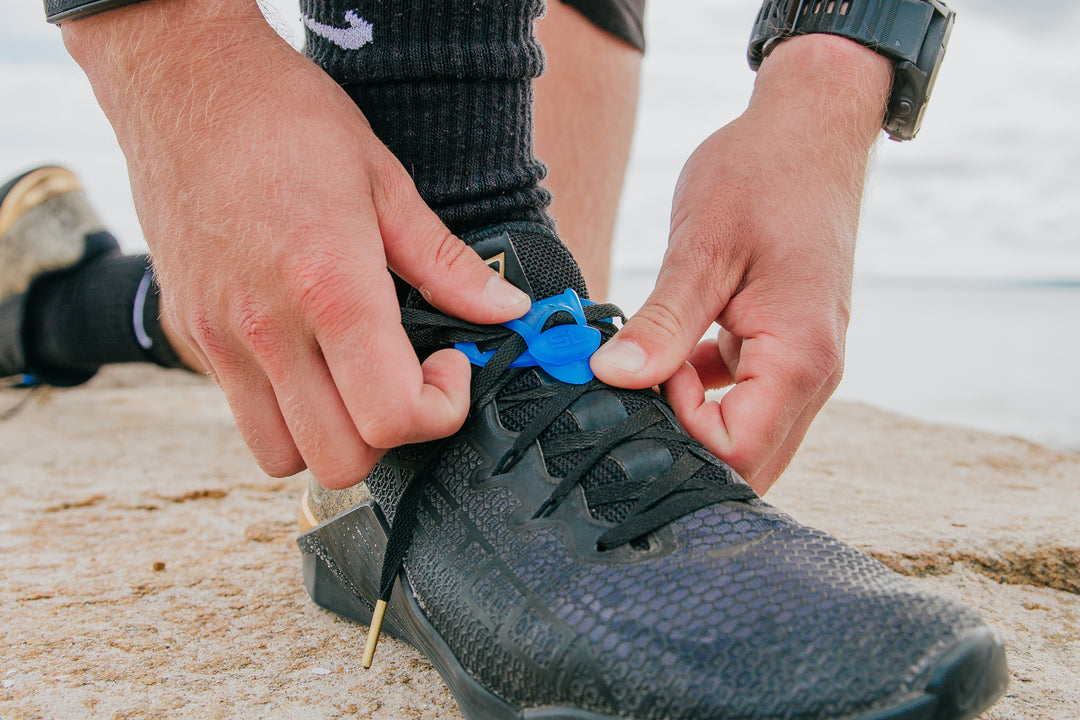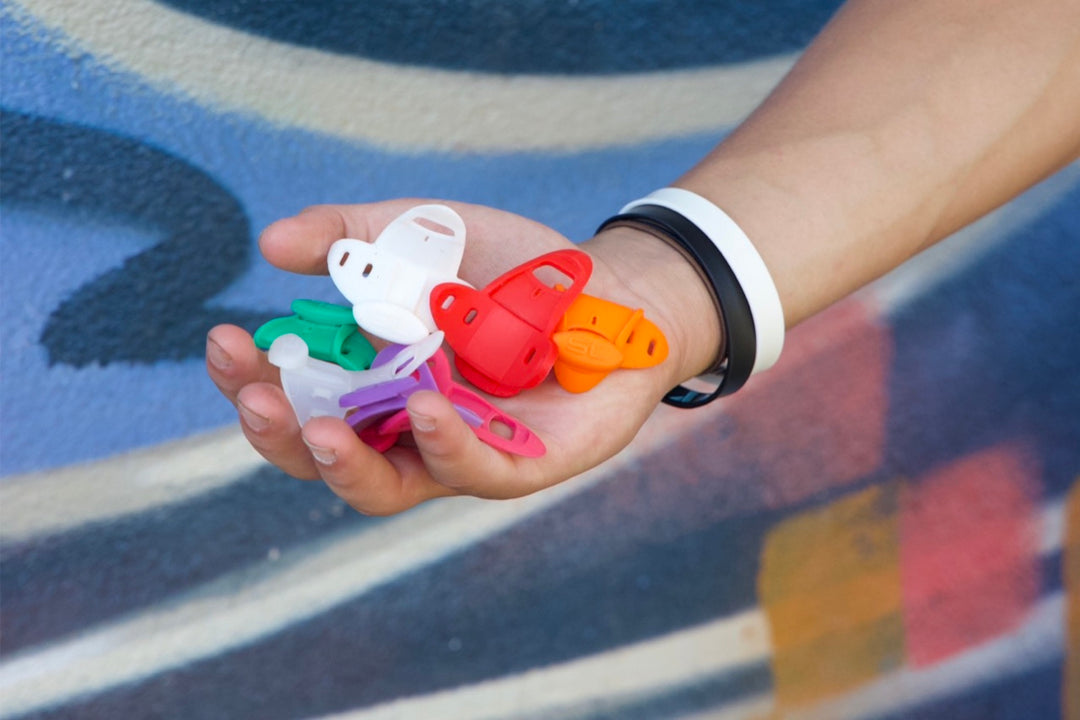PREVENTING CHILDHOOD INJURIES: THE IMPORTANCE OF SAFE LACE FOR KIDS
As parents, keeping our children safe is always a top priority. However, some dangers are often overlooked in our daily routines, like untied shoelaces. In this blog, we'll look into how untied shoelaces can lead to injuries in children and why Safe Lace is an essential solution for preventing accidents.
The Dangers of Untied Shoelaces:
Trips and Falls: Untied shoelaces are a common cause of trips and falls among children. When laces come undone, they create a hazard that can easily catch on objects or trip up a child, leading to painful falls and potential injuries.
Playground Mishaps: Playgrounds, while fun, can become dangerous environments when combined with untied shoelaces. Loose laces can get caught in equipment or tangled with other children, increasing the risk of accidents and injuries during playtime.
Sports Injuries: Active children who participate in sports are particularly vulnerable to injuries caused by untied shoelaces. Whether on the soccer field or basketball court, loose laces can cause children to trip or lose their footing, resulting in sprains, strains, or more severe injuries.
Why Safe Lace Matters:
Secure Fit: Safe Lace provides a secure and adjustable fit that ensures shoelaces stay tied throughout the day, reducing the risk of accidents caused by untied laces.
Versatility: Safe Lace is suitable for all types of shoes, from sneakers to school shoes, making it a versatile solution for keeping children safe in any setting.
Peace of Mind: By using Safe Lace, parents can have peace of mind knowing that their children's shoelaces are securely fastened, reducing the likelihood of accidents and injuries.
Untied shoelaces may seem like a minor concern, but they can lead to significant injuries for children. By investing in Safe Lace, parents can help prevent accidents and keep their children safe during playtime, sports activities, and everyday adventures. Remember, when it comes to your child's safety, every precaution counts.


